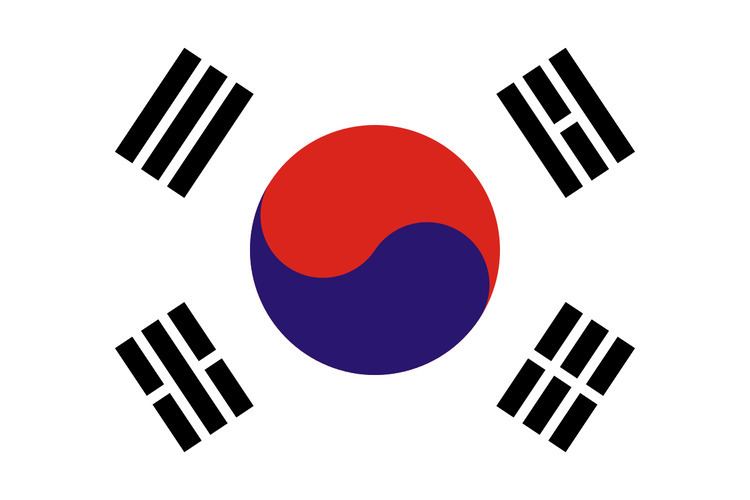Capital Seoul Political structure Provisional government Historical era Cold War | Languages Korean 1945–1946 Lyuh Woon-hyung People's Republic abolished February 1946 | |
 | ||
The People's Republic of Korea (PRK) was a short-lived provisional government that was organized with the aim to take over control of Korea shortly after the surrender of the Empire of Japan at the end of World War II. It operated as a government from late August to early September 1945 until the United States Army Military Government in Korea was established in the southern portion of the Korean Peninsula by the United States of America. After that it operated unofficially, and in opposition to the United States Army Military Government, until it was forcibly dissolved in January 1946.
Contents
- Map of North Korea
- Establishment
- Program
- Development in the North
- Development in the South
- Countrywide developments
- References
Map of North Korea
Establishment
The Imperial Japanese colonial authorities requested that a government be established to ensure the safety of their persons and property after the occupation ended. Under the leadership of Lyuh Woon-Hyung, the newly formed Committee for the Preparation of Korean Independence (CPKI) organized people's committees throughout the country to coordinate the transition to independence. On August 28, 1945 the CPKI announced that it would function as the temporary national government of Korea. On September 12, CPKI activists met in Seoul and established the PRK.
Program
The program of the PRK was presented in its September 14 twenty-seven point program. The program included: "the confiscation without compensation of lands held by the Japanese and collaborators; free distribution of that land to the peasants; rent limits on the nonredistributed land; nationalization of such major industries as mining, transportation, banking, and communication; state supervision of small and mid-sized companies; …guaranteed basic human rights and freedoms, including those of speech, press, assembly, and faith; universal suffrage to adults over the age of eighteen; equality for women; labor law reforms including an eight-hour day, a minimum wage, and prohibition of child labor; and "establishment of close relations with the United States, USSR, England [sic], and China, and positive opposition to any foreign influences interfering with the domestic affairs of the state."
Development in the North
When Soviet troops entered Pyongyang on August 24, 1945, they found a local People's Committee established there, led by veteran Christian nationalist Cho Man-sik. Unlike their American counterparts, the Soviet authorities recognized and worked with the People's Committees. By some accounts, Cho Man-sik was the Soviet government's first choice to lead North Korea.
In December 1945, at the Moscow Conference, the Soviet Union agreed to a US proposal for a trusteeship over Korea for up to five years in the lead-up to independence. Most Koreans demanded independence immediately, but Kim and the other Communists supported the trusteeship under pressure from the Soviet government. Cho Man-sik opposed the proposal at a public meeting on January 4, 1946, and disappeared into house arrest. On February 8, 1946, the People's Committees were reorganized as Interim People's Committees dominated by Communists. The new regime instituted popular policies of land redistribution, industry nationalization, labor law reform, and equality for women. Meanwhile, existing Communist groups were reconstituted as the Workers' Party of Korea under Kim Il-sung's leadership.
After the failure of negotiations for unification, the Democratic People's Republic of Korea (DPRK) was proclaimed on September 9, 1948, with Kim Il-sung as premier.
Development in the South
Shortly after the American landing in September 1945, the new United States Army Military Government in Korea, which controlled the peninsula south of the 38th parallel, abolished the PRK government by military decree, primarily because of suspicions that it was Communist. Some local units of the People's Republic remained active in the Jeolla region and especially on Jeju Island, where their presence, together with marauding anti-communist youth gangs, contributed to tensions that discharged in the events known as Jeju massacre.
On July 19, 1947, Lyuh Woon-hyung was assassinated by a right-winger.
Countrywide developments
Early November saw the creation of the National Council of Korean Labor Unions (NCKLU) and its endorsement of PRK and its program. December saw the creation of the National League of Peasant Unions, the Korean Democratic Youth League, and the Women's League, and their support of the PRK.
